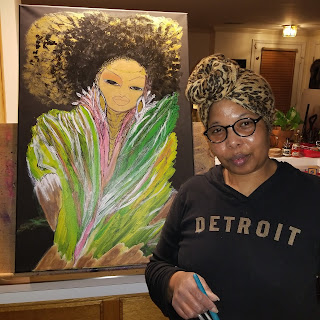How Food Deserts Affect People of Color
How Food Deserts Affect People of Color
By: Rhe'vyn Love
The
problem of inequality is one that has been deeply embedded into our society
since the beginning of time. Our country was built on the idea that there is
always a “less than” and that “less than” has been, for the most part, people
of color and women. Because this is the foundation, it can be seen in every
aspect of the world.
One
of which being the lack of access to fresh food in a lot of urban areas. These
areas are known as food deserts. Food deserts are defined as urban areas in
which it is difficult to buy affordable or good-quality fresh food. This is
seen when neighborhoods don’t have many grocery stores and mainly have fast
food available. This affects people of color the most because they are the ones
who occupy most of urban areas. Food deserts have many negative health effects such as higher obesity rates and increased chances of getting diabetes
(medicalnewstoday.com). In addition, most neighborhoods who occupy food deserts share similar characteristics of low income and high unemployment rates. Specifically, if people in urban areas only have access to unhealthy food, their health
will be negatively affected, resulting in increased medical need and financial strife. Low income families will find it harder to pay these potential medical bills which will leave them
seemingly “stuck” in this predicament. With the majority of the people in these
areas being minorities, it is clear that they will be affected more.





Comments
Post a Comment